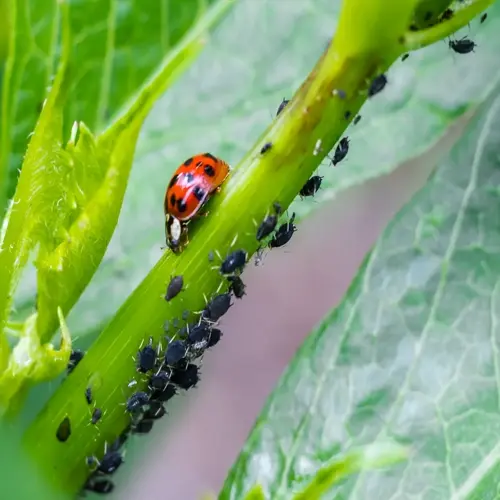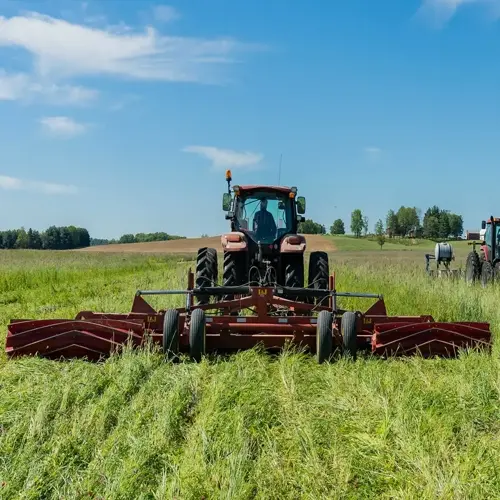How does pruning timing affect disease prevention?

Written by
Nguyen Minh
Reviewed by
Prof. Samuel Fitzgerald, Ph.D.Pruning timing determines disease prevention in the seedling varieties. Cutting at times when plants are susceptible to fungal and bacterial attacks allows organisms to penetrate, whereas pruning at times when the trees are not vulnerable is a positive means of giving the tree natural resistance. Summer pruning of stone fruits helps protect against bacterial canker. At the same time, winter work is prophylactic against the fire blight of apples. The crop requirements for our orchard work are regulated according to the disease resistance calendar.
Stone Fruits
- Optimal time: Summer after harvest
- Prevents: Bacterial canker and silver leaf fungus
- Mechanism: Faster healing during active growth
- Avoid: Dormant season pruning
Pome Fruits
- Optimal time: Late winter dormancy
- Prevents: Fire blight transmission
- Mechanism: Cuts heal before spring sap flow
- Avoid: Bloom period pruning
Citrus Trees
- Optimal time: Early spring
- Prevents: Citrus canker spread
- Mechanism: Pre-flowering cuts avoid pest attraction
- Avoid: Rainy season pruning
Periods of sap flow have an increased risk of infection. Cutting trees with active sap flow introduces pathogens internally into the plant. I try not to prune apple trees while they are in bloom in the spring, when the fire blight bacteria disperse quickly. Stone fruits are also at risk, as the fall rains can splash pathogens onto the fresh cuts.
The speed of healing is crucial in disease resistance. Summer pruning heals faster as the trees are growing actively and growing callous tissue. My cherry trees are entirely healed in two or three weeks from the July cuts. Cuts made in the same trees during the dormant period of the year take months to heal and let in the spores of fungus.
Weather conditions at the time of pruning are crucial to the success of the work. Dry weather is recommended for pruning operations with moderate temperatures. Humidity in excess of 70% favors the development of saprophytic fungi on fresh wounds. I study the humidity forecasts from the Weather Bureau before important pruning operations. If rain is threatened or high moisture is indicated, pruning should be deferred.
Diseases are controlled with timing. I prune apples in cold winters in fire blight zones, which helps prevent the activation of Erwinia bacteria. I delay pruning cherries until summer heat occurs in bacterial canker areas, which naturally curtails Pseudomonas syringae populations.
Read the full article: Fruit Tree Pruning Guide: When and How to Prune

